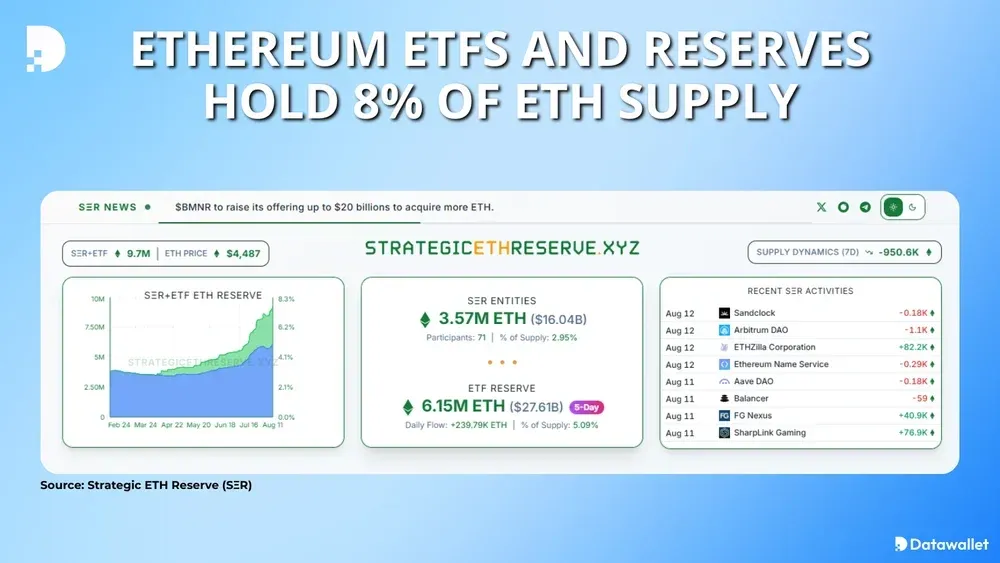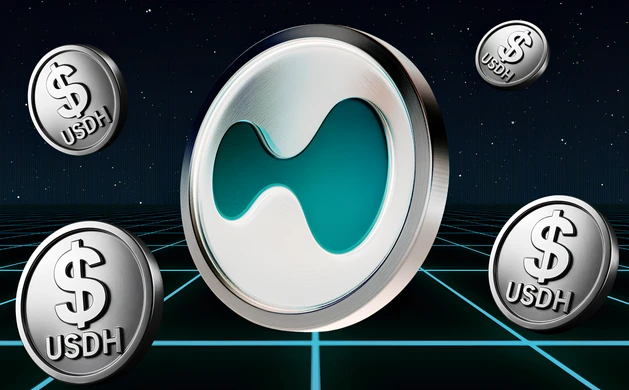Do Kwon Pleads Guilty in $40 Billion Terra LUNA Fraud

GM. Do Kwon has pleaded guilty to fraud and conspiracy over the $40 billion TerraUSD and LUNA collapse, accepting up to 12 years in prison and a $19 million penalty in a deal.
Meanwhile, Circle unveils Arc, a USDC-powered Layer 1, UMA restricts Polymarket’s oracle proposals to whitelisted users, and Qubic claims majority control of Monero’s hashrate.
From courtroom fights to L1 launches and network shake-ups, the week keeps delivering. 👇
Do Kwon Pleads Guilty in $40 Billion Terra LUNA Fraud
Terraform Labs co-founder Do Kwon pleaded guilty on Tuesday in Manhattan federal court to wire fraud and conspiracy to defraud investors worldwide. The 33-year-old’s plea follows a multiyear prosecution over the $40 billion collapse of the TerraUSD stablecoin and LUNA token ecosystem.
Kwon admitted making false statements about restoring TerraUSD’s dollar peg and concealing another firm’s role in market stabilization efforts. He confirmed knowingly joining others between 2018 and 2022 in a coordinated scheme designed to deceive cryptocurrency purchasers for financial gain.
Under the plea agreement, prosecutors will seek no more than 12 years’ imprisonment, alongside a $19 million criminal penalty. Without the deal, Kwon faced a statutory maximum of 25 years for multiple counts of fraud and market manipulation.
The TerraUSD and LUNA collapse in May 2022 caused cascading bankruptcies among major crypto lenders and triggered Bitcoin’s plunge below $16,000. Kwon was extradited from Montenegro last December after being arrested for using forged travel documents while evading US and South Korean warrants.
Circle Announces Arc Layer 1 Blockchain with USDC Gas
Circle announced plans for Arc, a stablecoin-focused Layer 1 blockchain using USDC as its native gas token, with a public testnet expected this fall. The EVM-compatible chain will feature sub-second settlement, a stablecoin FX engine, and opt-in privacy, targeting enterprise-grade payments and capital markets. Arc will fully integrate with Circle’s platform while remaining interoperable with partner blockchains.
The launch follows Circle’s $1.2 billion IPO and strong Q2 results, including a 90% year-over-year increase in USDC circulation. Despite a $482 million net loss from IPO-related charges, revenue grew 53% to $658 million. CEO Jeremy Allaire said Arc advances Circle’s role in regulated stablecoin adoption, bolstered by the GENIUS Act’s new federal framework.
UMA Restricts Polymarket Proposals to Whitelisted Users
UMA is upgrading Polymarket’s oracle system from Optimistic Oracle V2 to Managed Optimistic Oracle V2, limiting market resolution proposals to a whitelist of vetted users. The change, passed via governance, aims to reduce disputes and delays by ensuring proposals come from experienced participants. The whitelist initially includes 37 addresses, such as UMA and Polymarket staff and proven community members.
Proponents say the system will improve accuracy for non-contentious markets like sports and crypto prices. Critics argue it restricts community participation and moves toward centralization. UMA and Polymarket are also exploring new oracle models with EigenLayer to strengthen prediction market reliability.
Qubic Claims 51% Control of Monero Hashrate
Qubic, led by IOTA co-founder Sergey Ivancheglo, says it has gained majority control of Monero’s network hashrate, raising concerns over potential 51% attacks. Its “useful proof-of-work” model mines Monero, sells the rewards for USDT, and buys back QUBIC tokens, increasing its share of the network. Critics question the accuracy of the 51% claim due to limited public data.
A sustained majority could allow Qubic to reorganize blocks, censor transactions, or double-spend, undermining Monero’s privacy guarantees. XMR’s price fell over 8% to around $248 amid the news, while QUBIC trades near $0.0000023. The situation has sparked debate over proof-of-work chain vulnerabilities and economic incentives in mining.
Data of the Day
Ethereum ETFs and corporate treasuries now control nearly 8% of ETH’s total supply, up from 3% in April, according to Strategic ETH Reserve. ETF holdings alone rose from 3.5 million to 6.15 million ETH, over 5% of circulating supply, driven by funds like BlackRock’s iShares Ethereum Trust and Fidelity’s Ethereum Fund.
Institutional treasury buyers include Bitmine Immersion Tech and SharpLink Gaming, contributing to ETH’s rise from $1,800 to $4,500. Supporters say Ethereum’s utility as the largest Layer 1 network adds long-term appeal, though skeptics warn the trend could mirror past speculative booms.

More Breaking News
- US spot Ethereum ETFs saw over $1 billion in daily inflows for the first time since launching, pushing cumulative net flows past $10 billion.
- Argentine developer “Fede’s intern” was released from Turkish detention and pledged $500,000 to Tornado Cash co-founder Roman Storm’s legal defense after his experience.
- Stripe is building a stealth blockchain called Tempo with Paradigm, aiming to create a high-performance, Ethereum-compatible layer 1 focused on payments and stablecoins.
- Aave’s total value locked climbed to $47 billion, securing 80 percent of Ethereum’s outstanding debt and signaling growing institutional adoption of DeFi lending.
- Crypto trading generated 91 percent of eToro’s $2.09 billion Q2 revenue, underscoring the platform’s reliance on digital asset markets despite slight diversification.
- PumpFun reclaimed 75 percent of the Solana memecoin launchpad market share after July’s challenge from LetsBonk, maintaining solid trading volumes near $120 million daily.
- ETHZilla stock surged over 90 percent after Peter Thiel disclosed a 7.5 percent stake and the firm revealed holdings of 82,186 ETH.
For the latest updates on digital asset markets, follow us on X @Datawalletcom.
.webp)
Written by
Jed Barker
Editor-in-Chief
Jed, a digital asset analyst since 2015, founded Datawallet to simplify crypto and decentralized finance. His background includes research roles in leading publications and a venture firm, reflecting his commitment to making complex financial concepts accessible.







